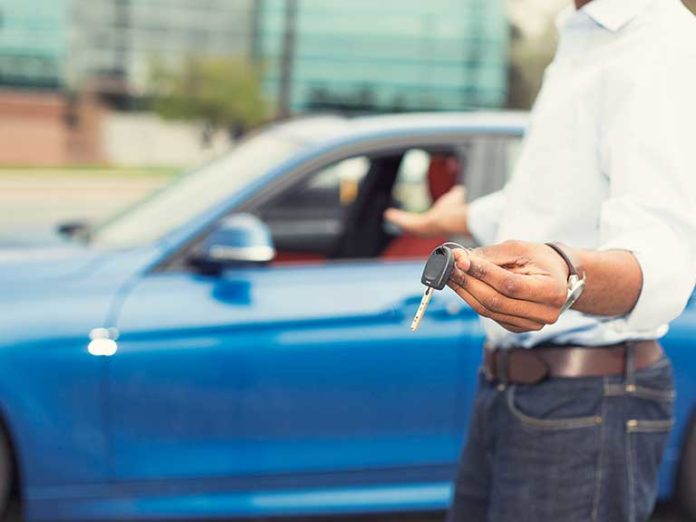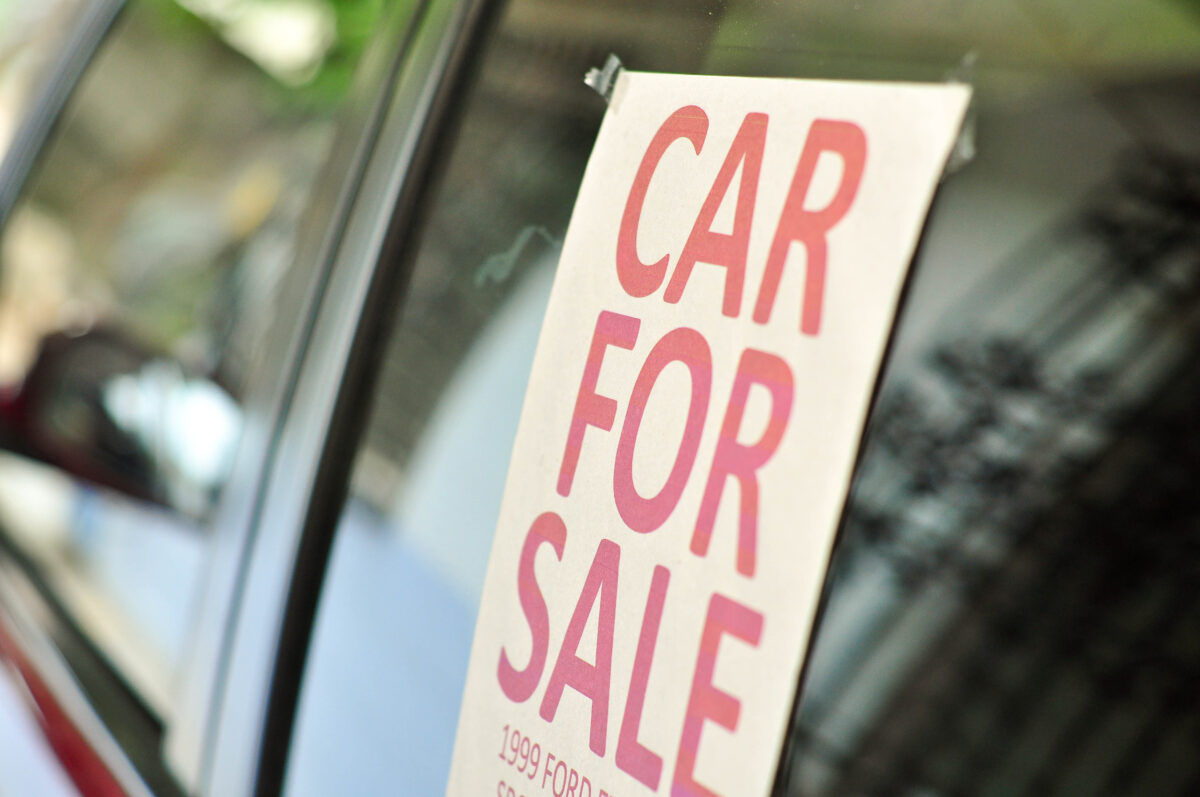
You decided to finally sell your car, after days and days of thinking. There could be many reasons – either because you want to buy a new one or because you don’t use it that often and don’t want to bear the expenses which include maintenance, taxes, etc.
However, if your major concern is doing it right instead of doing it quickly or any way possible, this text will lead you through most important parts of procedure in the selling process.
Define Sale Details and Advertize

First of all, you need to determine who you want to sell it and how. Online? To an individual? To a friend of a friend? Via an ad? To professionals? Well, the simplest thing you can do – a company dedicated to purchase of used vehicles – as that’s the probably the safest way and your car will probably be sold quite fast if it’s in good condition.
When advertising, give some photos that actually favor the car. Make sure they are quality images, well focused and with a nice and clean background. Also, make at least six: two for the sides, one front, one from the back, one inside the car, and one more of the engine. Don’t put any specific information such as license plate or standard equipment – focus on giving data that gives the vehicle extra value instead.
Oh, and one more thing – accept the haggling. Many people will try to lower the price you set, which means that you’ll most likely have to accept a lower amount than what you indicate, but that doesn’t have to be a bad thing.
Set a Reasonable Price

In case you decide to offer your car for a sale on your own and not depending on third parties, one of the first things you should do is set its value. This will depend on many factors such as the year, the model, the brand, the mileage and the general state of the car.
The recommendation is that you calculate the amount and then negotiate with the potential purchasers – that might be the easiest way, without any hassle. Remember that cars with a price slightly below the market average are more likely to be sold faster.
Visit a dealership, a trusted mechanic or your insurer in order to assess your car, and thus have a clear idea of how much you can ask for it.
This is a part of investigating how much similar models are sold for in the market. You can take a look at magazines or websites that have value tables of second-hand cars in order to have a reference. Ads related to cars similar to yours are also worthwhile, but you can also consult your insurance company regarding the value it considers your car has, or even, if you wish, request the services of an appraiser.
Prepare it for Sale

It’s not enough that the car is just fine: it needs to look fine. Well, not even fine – it should look spotless. The cleanliness and order reinforce the feeling of care. It’s psychology: if the owner cares about cleaning, vacuuming, waxing and perfuming his car, he must also be equally careful with the mechanical and structural components.
In addition to thorough washing and cleaning of the interior, the upholstery should be cleaned – no one’s going to be interested in a vehicle that looks bad. That’s why you shouldn’t be afraid to invest a little bit in its presentation.
It’s not at all recommended that you hide, make up or even deceive potential new owners about the physical appearence of the car in order to mask mechanical defects or similar discrepancies. Beyond being unethical, the law establishes that the vendor, even if he’s an individual, is responsible for the problems and unreported faultiness of a car until six months after the date of sale.
Get all Necessary Documents

After polishing your car, defining its price and announcing it, it’s clear to know what procedures you need to carry out and what’s the necessary documentation that both parties must provide (buyer and vendor). The papers are the only identification that the owner has of the car, and it’s crucial to have them well organized and up to date when selling a used car, without any fines or pending payments.
Among the documentation that you’ll have to deliver to the purchaser are a driving licence, a green vehicle inspection card, a tax receipt, and also a document related to changing of ownership or transfer. and notice of change of owner. You’ll probably also need a roadworthy certificate which you should obtain after a successful inspection of the car. Sab Safety Certificate is one of the companies that could provide this for you if you live in Australia, for example.
Be Well Informed about the Features of the Car

When someone decides to buy a used car, they not only disburses his money, but they also place their trust. Unlike new vehicles, second-hand cars have a past that the buyer can’t be familiar with. Simply avoid any lies and answer all the questions you get in a clear and truthful way.
The first thing they ask about an old car is how much mileage it has and what year it is. This data should be rather clear and it’s also important that you know the brand and the model. You need to be able to say if the car has been involved in an accident, passed all necessary controls, received all mechanical services, the type of fuel it uses and how much it consumes, and so on. The more information you know, the better – potential buyers will highly value this.
The last step to put up a car for a sale is to officially deliver the vehicle keys. The sale of cars should be a situation that benefits both parties, you and the buyer. Putting a used car on sale is a task that requires certain measures for the process to be successful and to be carried out legally, but in the end, if everything goes right and if all requirements are completed, there’s no doubt you’ll turn your old good second-hand car into a nice addition to your pocket.
















